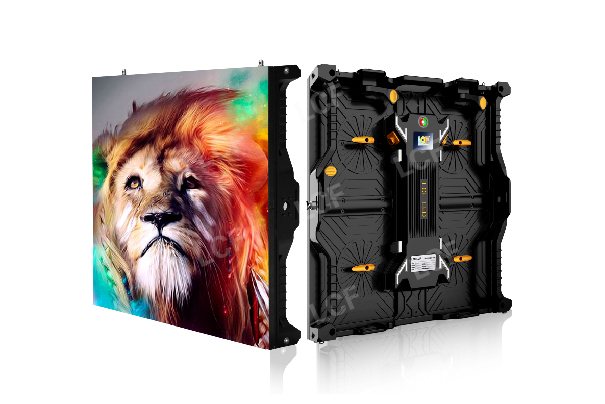Publisher: Supplier of LED Display Time: 2018-05-14 Views: 4813

1. If the LED full-color display screen appears blurry just after it is installed and powered on, it may be that the control card is set to scan incorrectly, or the cable is not inserted correctly (check the cable from the control card to the first board), connect the 5V power supply to Error can also occur this problem.
2. If the LED full-color display screen suddenly finds a blurry screen after using it for a period of time, in addition to the failure of the control card, the biggest possibility is that the board has entered the water and burned the chip or power supply. You can also try connecting a monitor with a DVI interface first to see if the DVI output port of the graphics card has a normal signal. Generally, the DVI interface resolution of Lingxingyu card is 1024*768. The cause of the LED display blurry screen may also be a problem with the graphics card or a driver problem. Try to unplug the network cable of the receiving card behind the LED display and press the debug button on the receiving card to see if the screen scan is normal.

3. Other causes of the LED full-color display screen may be caused by the following aspects:
1. Check whether the power supply of the electronic display screen is normal and whether there is a 220V strong power input.
2. Whether the parameter settings of the LED control card are correct, and whether there is a signal transmitted to the LED control card of the electronic display screen; whether the communication line is normal, check whether the LED control card has signal input; whether the 5V power supply of the LED control card is normal.
3. Check whether the abnormal screen power supply is working normally; the signal transmission line is faulty; the single module of the screen is faulty.
(1) Detect whether the line from the output interface to the signal output IC is connected or short-circuited.
(2) Check whether the clock latch signal of the output port is normal.
(3) Detect whether the cascaded output data port between the last driver IC is connected with the data port of the output interface or is short-circuited.
4. The heat dissipation of the chassis is not good, causing the temperature of the graphics card to rise. Check whether the fan is running normally, add oil to the fan, clean the dust in the chassis, and solve the problem of heat dissipation.
5. Reinstall the system, the graphics card or monitor does not support high resolution. It can be solved by the following two methods.
(1) Restart the computer, press the F8 key continuously, in the advanced startup menu, select to enter "safe mode" and press Enter to log in to the system, then enter the display settings under Windows, select the 16-color state, click the "Apply" button, click " Confirm button.
(2) Restart the computer, in the normal mode of Windows, enter the device manager, delete the graphics card driver, and restart the computer.